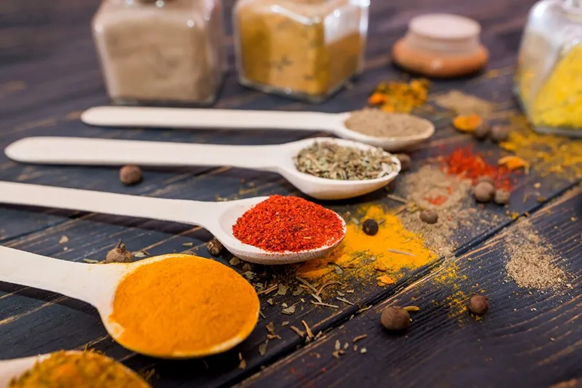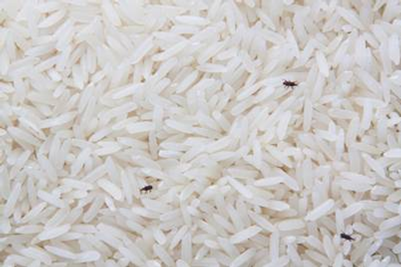Introduction
Love spices and often find yourself asking for extra chili in your meals? Many Singaporeans too share this love and craving for spicy foods. While there’s no harm in enjoying the kick of heat, spices could sometimes be contaminated with harmful toxins called pyrrolizidine alkaloids (PAs).
What are Pyrrolizidine Alkaloids (PAs) and how do they enter the food chain?

PAs are natural toxins found in a wide array of plants. Over 660 PAs have been identified from more than 6000 plant species. Many plants produce PAs to protect themselves from insects and plant-feeding animals. When PAs seep into the soil, they may be absorbed by surrounding food crops. As such, humans can be exposed to PAs through the ingestion of contaminated crops such as spices and herbs. Exposure may also happen through the consumption of contaminated honey, tea, milk, eggs and offal.
What are the health concerns associated with PAs?
PAs are stable compounds even at high cooking temperatures, allowing them to remain in food even after cooking. While animal studies have shown that frequent consumption of foods containing high levels of PAs is associated with liver diseases in animals, there is currently no epidemiological data suggesting that PAs are associated with cancer in humans.
How does SFA manage risk of PAs in our foods?
SFA closely monitors PA contamination trends in herbs and spices worldwide, as well as global advancements of risk assessments and regulations of PAs in food. There has been a rising trend of PA contamination in herbs and spices globally with certain types of spices such as oregano and cumin seeds identified to have relatively higher levels of PA, presenting a higher risk.
The international food standards setting body, Codex Alimentarius Commission (CAC), is currently looking into possible actions that can be taken to address the presence of PA in food. To contribute to these international discussions, SFA has also conducted our own studies on PA levels in high-risk food products such as spices, herbs, and honey. The levels of PAs detected in our imported food products are low and are unlikely to pose safety risks to consumers. Moreover, as spices are typically utilized in small quantities in food preparation, they are not expected to significantly contribute to a person’s overall dietary exposure to PAs.
What can industry partners do to reduce PA contamination in food and feed?
Industry partners (including food retailers) can do their part by:
Sourcing for farmed crops, especially spices and herbs from suppliers that have:
Adopted an integrated weed management plan (preferably using both non-chemical and chemical methods) for the control and removal of PA-containing plants/weeds, as recommended by Codex Code of Practice for Weed Control to Prevent and Reduce Pyrrolizidine Alkaloid Contamination in Food and Feed (CAC/RCP 74-2014).
Established good traceability to avoid mixing of plants after harvest, during transportation and storage.
Performed crop rotation to minimise the impact of PA contamination from weeds.
Opting for fresh herbs and spices in their food preparation.
How can consumers reduce exposure to PAs?
Food safety is a joint responsibility – as consumers, here’s how you can limit your exposure to PAs:
Opt for fresh herbs and spices for cooking as they tend to contain lower levels of PAs.
Consume herbs and spices in moderation; Eat a well-balanced and varied diet.
Purchase herbs and spices from SFA licensed sources (importers, manufacturers and retailers).
References
Safety evaluation of certain food additives and contaminants, Supplement 2: Pyrrolizidine Alkaloids. WHO Food Additives Series No. 71-S2, 2020.
Code of Practice for Weed Control to Prevent and Reduce Pyrrolizidine Alkaloids in Food and Feed. Codex Alimentarius, CAC/RCP 74-2014.
About the author
Dr Kueh Weixiang is a Scientist from the Food Science Rapid Response Department of the National Centre for Food Science. He has a PhD in Chemistry from the National University of Singapore and is currently responsible for matters related to foodborne and natural toxins in food.




